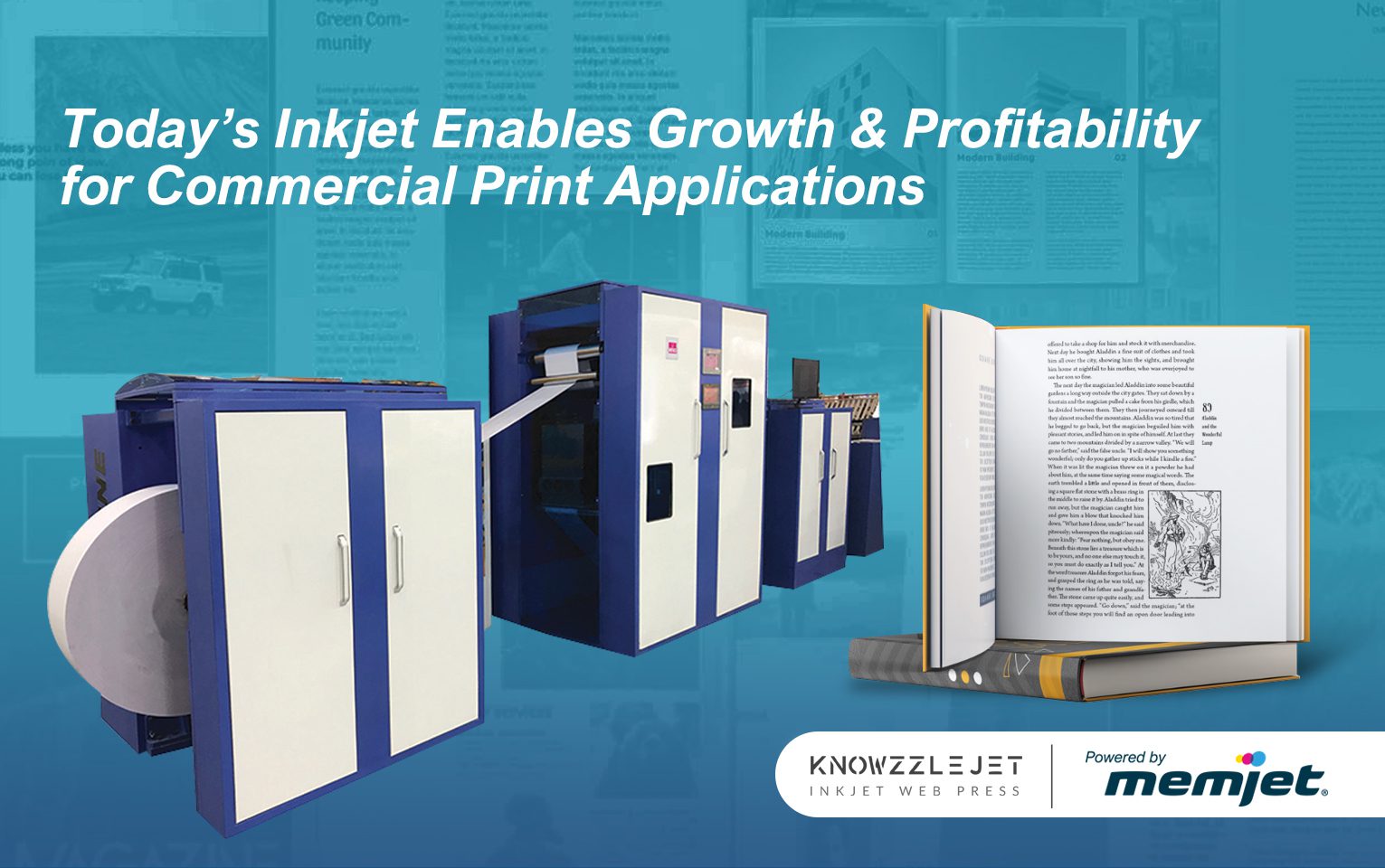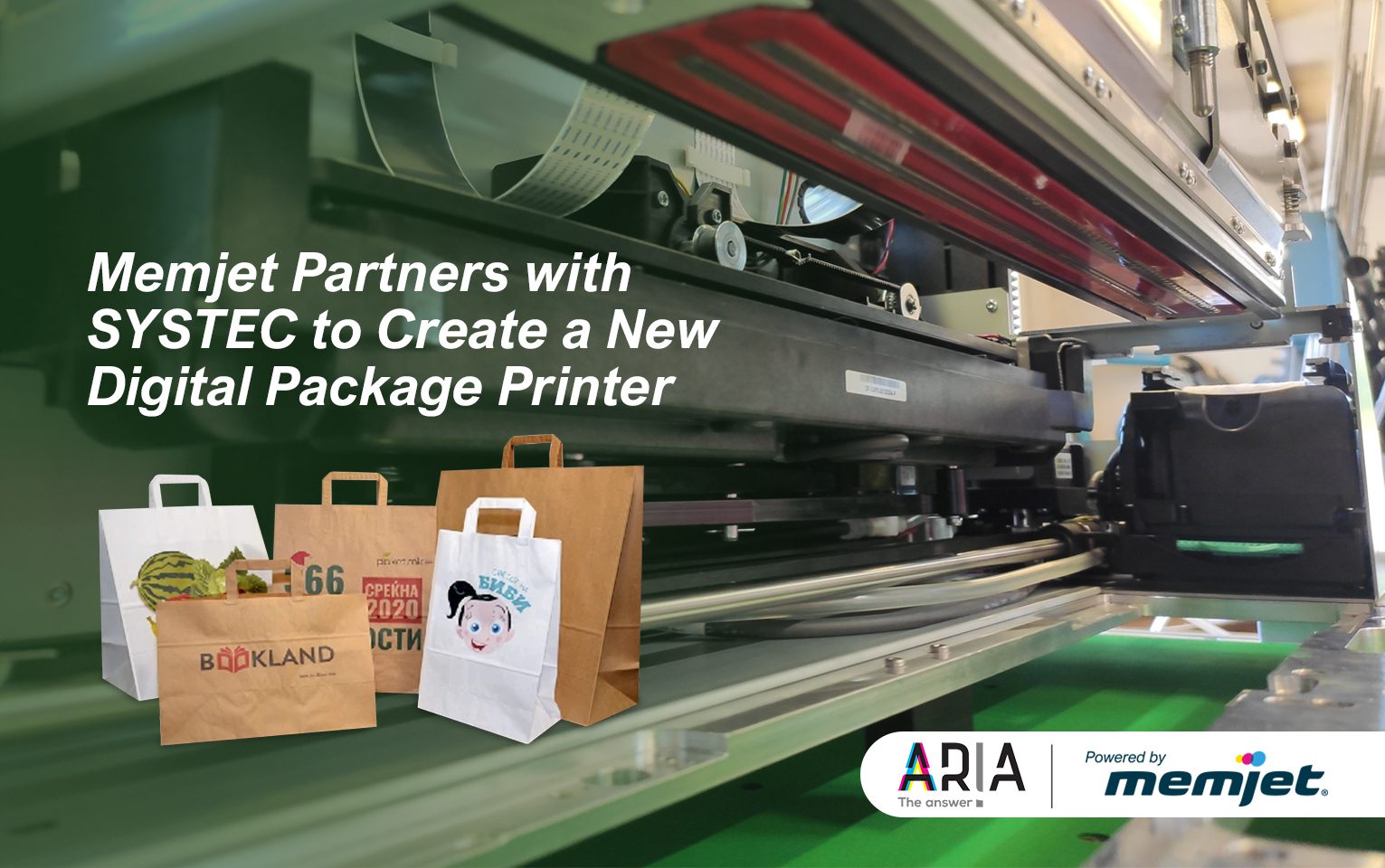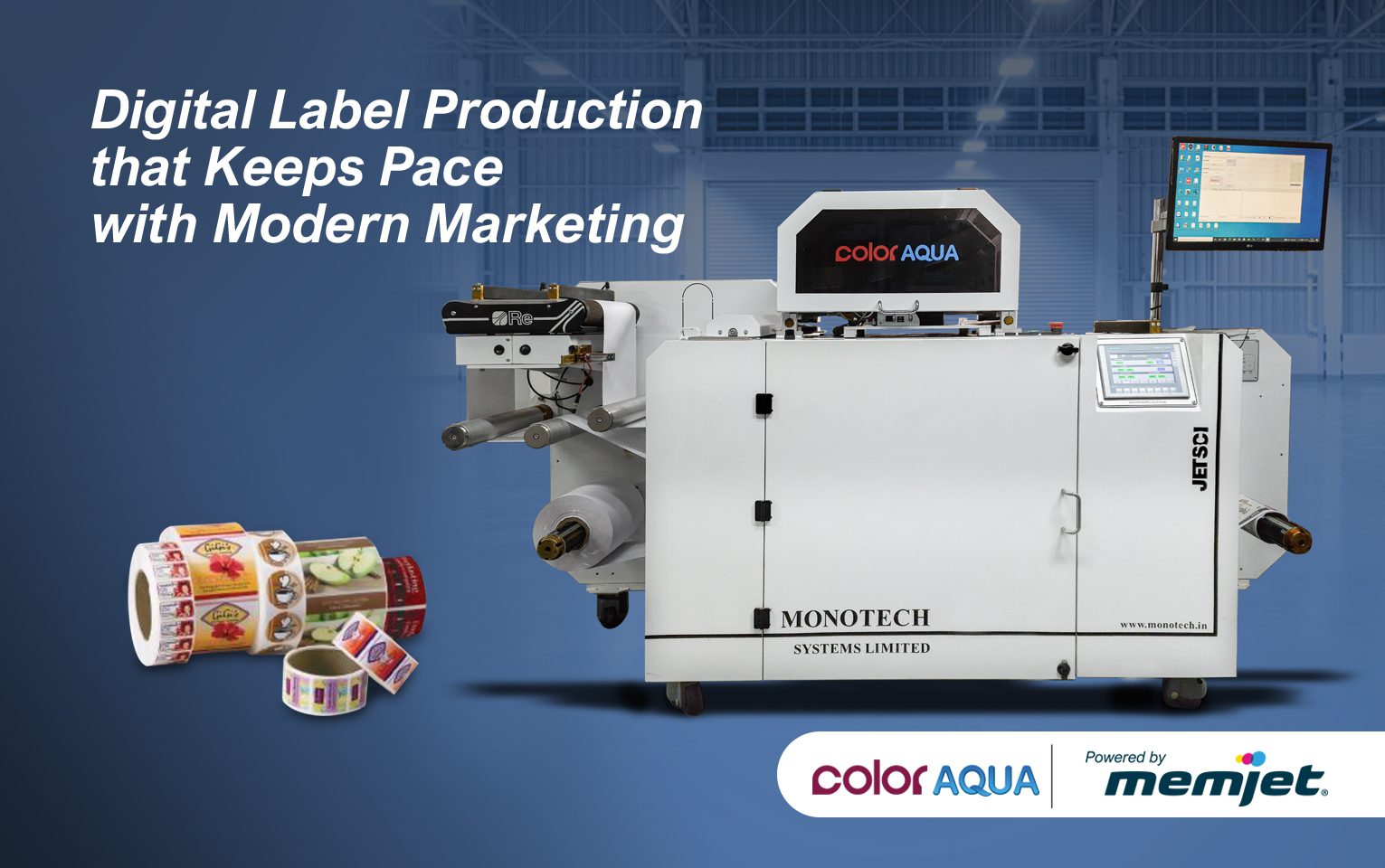By: Marcus Timson, Director of FM Future Ltd.
Peter Drucker famously said, ‘Culture eats strategy for breakfast’ and this certainly seems to be the case for Memjet.

I’ve always been someone who appreciates innovation. I fall into the innovator or early adopter category. I am excited by potential and the value of exciting new things and I am prepared for it to not be 100 percent. I accept that to break new grounds, perfection isn’t always the right target or indeed achievable at an early market stage.
So, when I learned more of the Memjet story it appealed to me. Since 2007, Memjet, has been developing MEMS (Microelectromechanical Systems) design thermal printhead technology for OEMs. Since then, the company has developed three different printing technologies and now works with dozens of OEM partners.
The secret to this growth? Memjet disrupts traditional models and offers a way for OEMs and print providers to enter new markets at a fraction of the cost. It enables new possibilities. This, in my view, is at the core of innovation.
Firstly, What is Innovation?
The word innovation derives from the Latin word ‘Nova’ which means ‘new’. In essence, innovation means ‘new value’. The famous Austrian economist, Schumpeter, defines innovation most effectively through a simple equation. Creativity x Risk = Innovation.
Creativity is the first element of innovation. And for creativity to ensue, I am convinced people must feel safe. They must be able to present their ideas without the risk of judgement and negativity.
This is a cultural issue. I do not believe innovation exists in organisations with cultures that do not permit it. This is also about leadership. If the culture is around more of compliance and control, then it is not lending itself to creativity and innovation. Conversely, if the culture is open and inclusive then new ideas can flourish.
A Culture for Innovation
So, a defining factor for success with innovation is often the culture that is in place. If the culture is not right, then ideas are less likely to thrive.
Julie Hogan, vice president of research and development at Memjet, thrives on innovation. She attributes Memjet’s culture as a key factor in expanding the capabilities of Memjet’s technology.
“The path to developing a successful new modular platform at Memjet was not a straight one, says Hogan. “But innovation is rooted in trust and openness. You need to give people the freedom and space to solve problems in the right way. Sometimes that means letting people make mistakes. The wonder of R&D is that these mistakes often lead to innovation and elegant solutions.”
Hogan goes on to note the importance of listening as part of the R&D process. “There’s no point in designing products that people don’t want, so we really rely on feedback from our partners, she said. “Our success comes from listening to our OEM partners, exploring what we could do with advanced technology, and trying things out before converging upon a clean, innovative solution.”
This kind of thinking and culture needs to be mirrored by today’s printing companies. Sure, being a commercial printer trying to access new markets isn’t easy – but digital technology has made it possible to unlock new potential in markets that would have remained impenetrable due to high investment for analogue machinery and a culture resistant to change.
Now is the time for print companies to deploy their own R&D by working with organisations such as Memjet to bring new ideas to the market.
For example, the Future of Inkjet Survey shows the packaging sector as the next market to realize the potential for inkjet. Corrugated packaging is seeing an increase in activity for inkjet as corrugated converters see the value of digital and what it can provide both in terms of flexibility, stock control and operational efficiency.
This adoption is still at an early phase, much like the wide format market 15 years ago, but it is the right time to begin trialling new ideas. Those printing companies that do are far more likely to be thriving in the future. We all need to remind ourselves that traditional print demand for paper-based printing is going down!!!
So, what does innovation really mean to the print industry?
With digital technology improving all of the time, inkjet has taken itself onto a new level, opening up new possibilities across markets across packaging. We have seen with our work through InPrint in the industrial markets but also increasingly in other areas too. The model Memjet deploys is interesting as it disrupts the normal way of doing things and offers power and opportunity to smaller organisations.
It is clear to me that the culture of Memjet’s business encourages people to try new things. This is the essence of progress, and as the year continues, at drupa we will see how Memjet and its OEM partners are creating printing solutions that disrupt and add value to the market.
Explore Memjet and find out how our precise printing technology enables you to create beautiful print.
Connect with us on LinkedIn.




